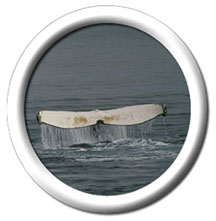This image shows a picture of a whale's tail sticking out of the water. Whales can often be identified by their tail features.
Click on image for full size
Windows Original, adapted from Corel Photography
Whales
Whales, like dolphins, are part of the Cetacea order. The name Cetacea comes from the Latin 'cetus', which means large marine creature or sea monster! But, whales are no danger to people...
Actually, it is people who are a threat to whales. Over the last 150 years, many species of whales have been brought close to extinction because of unconstrained whale hunting.
Whales strain plankton from the sea or they eat fish. Killer whales do eat squid and sometimes seals and otters too.
Whales make lots of unique and complex noises. We call them whale songs. One song may last as long as 35 minutes. The songs are used in identifying other whales, warning other whales of the same pod and in increasing sexual attraction between possible
mating pairs.
You might also be interested in:
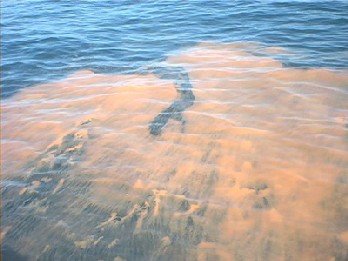
Tiny algae that float in the sea may look harmless but certain species are toxic and, in large numbers, they are able to kill fish, poison seafood and even choke swimmers. Now special underwater robots
...more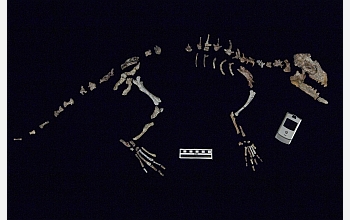
Scientists have discovered the missing link between whales and their four-footed ancestors. The result is reported in this week's issue of the journal Nature. The research is funded by the National Science
...more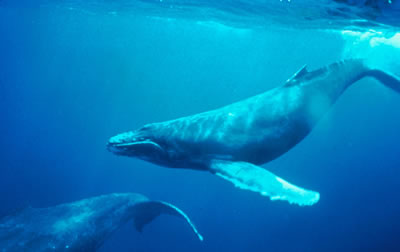
The open ocean, called the pelagic zone, is the largest area of the marine ecosystem. It extends from the coasts to the middle of the ocean and includes all areas above the ocean floor. The living things
...more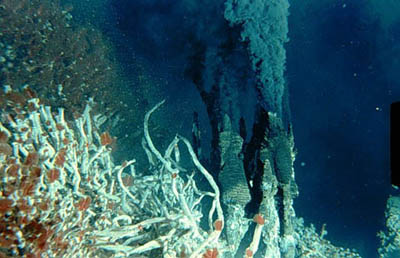
The deep ocean is very cold, under high pressure, and always dark because sunlight can not penetrate that far. The only light comes from bioluminescence – a chemical reaction inside the bodies of some
...more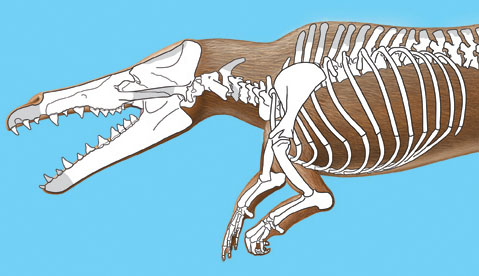
Two newly described fossil whales--a pregnant female and a male of the same species--reveal how primitive whales gave birth and provide new insights into how whales made the transition from land to sea.
...more
Jupiter's atmospheric environment is one of strong gravity, high pressure, strong winds, from 225 miles per hour to 1000 miles per hour, and cold temperatures of -270 degrees to +32 degrees (freezing temperature).
...more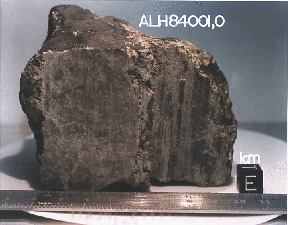
In July, 1996, it was announced that Dr. David McKay, along with a team of scientists at Johnson Space Center (a division of NASA), had discovered possible fossils of bacteria in an ancient rock from Mars.
...more


